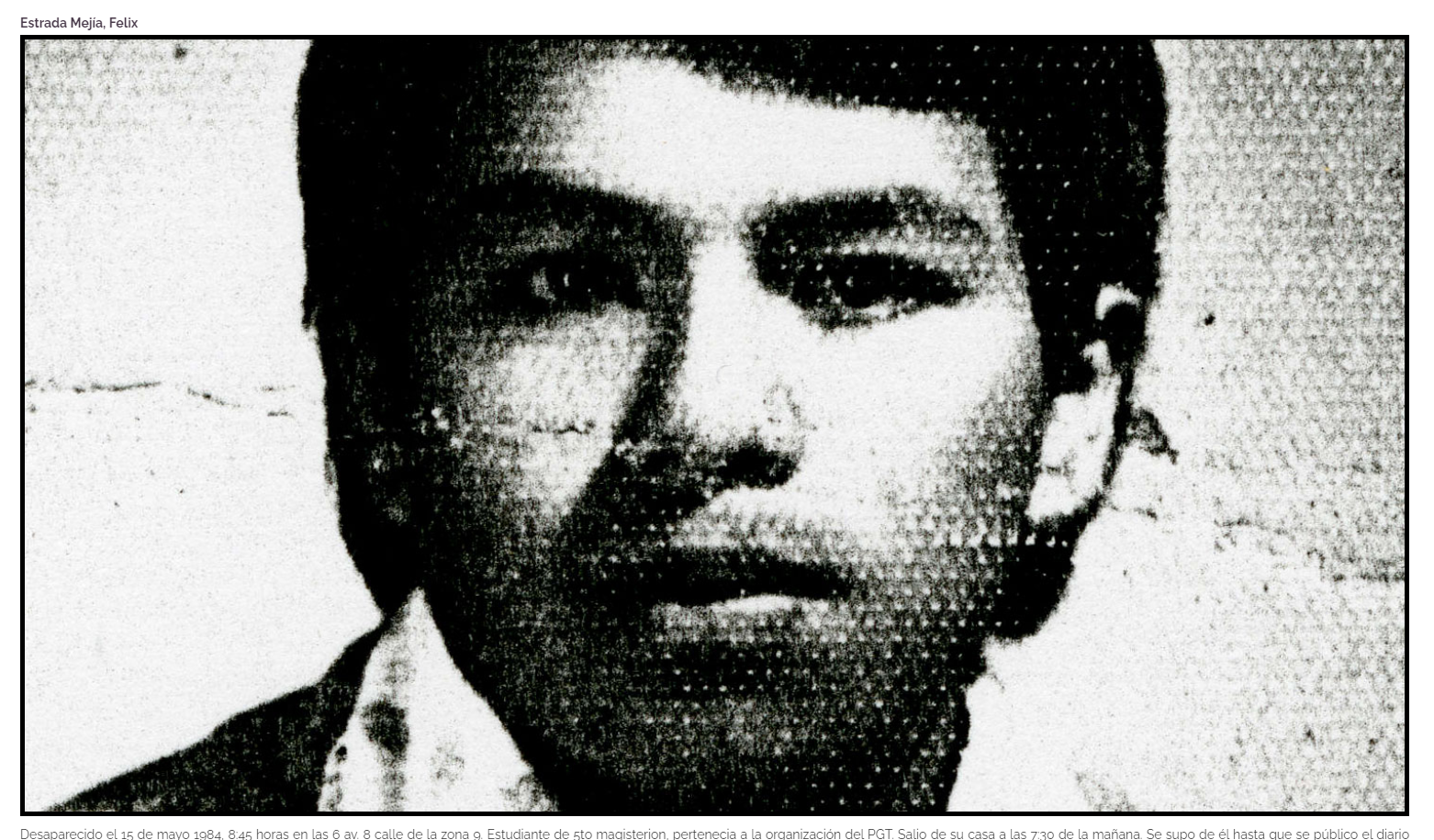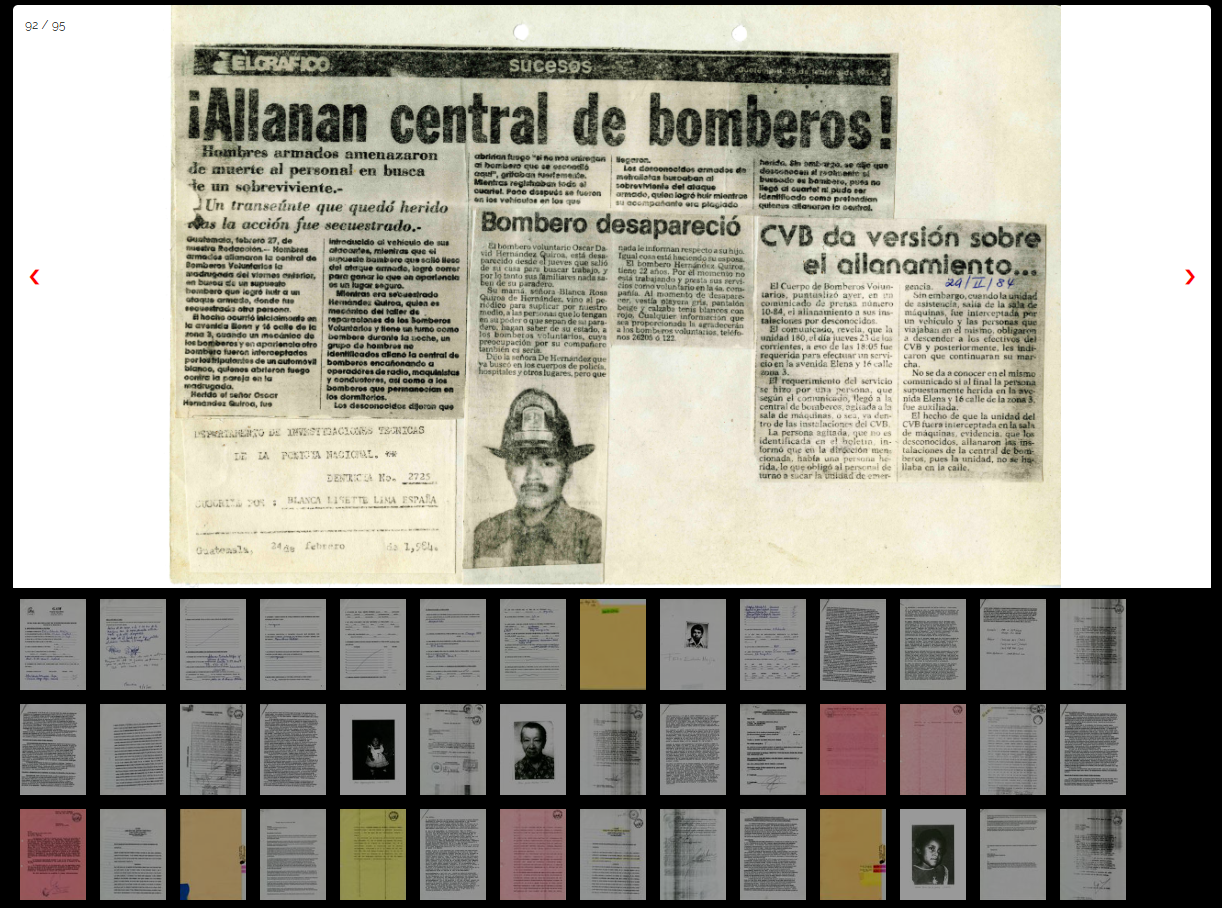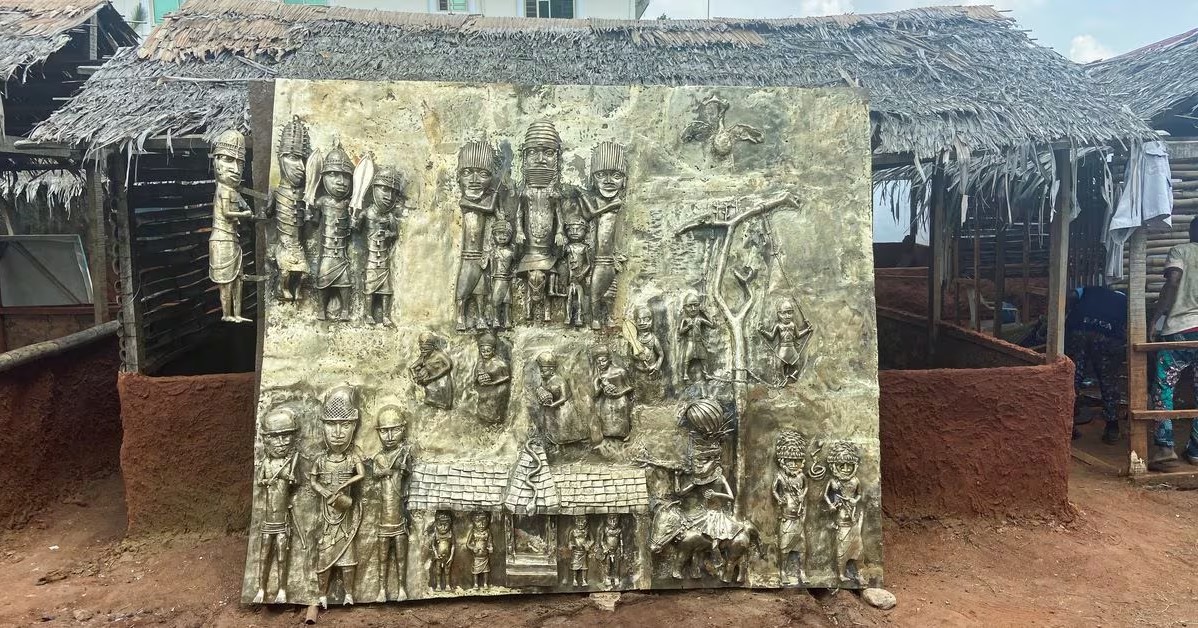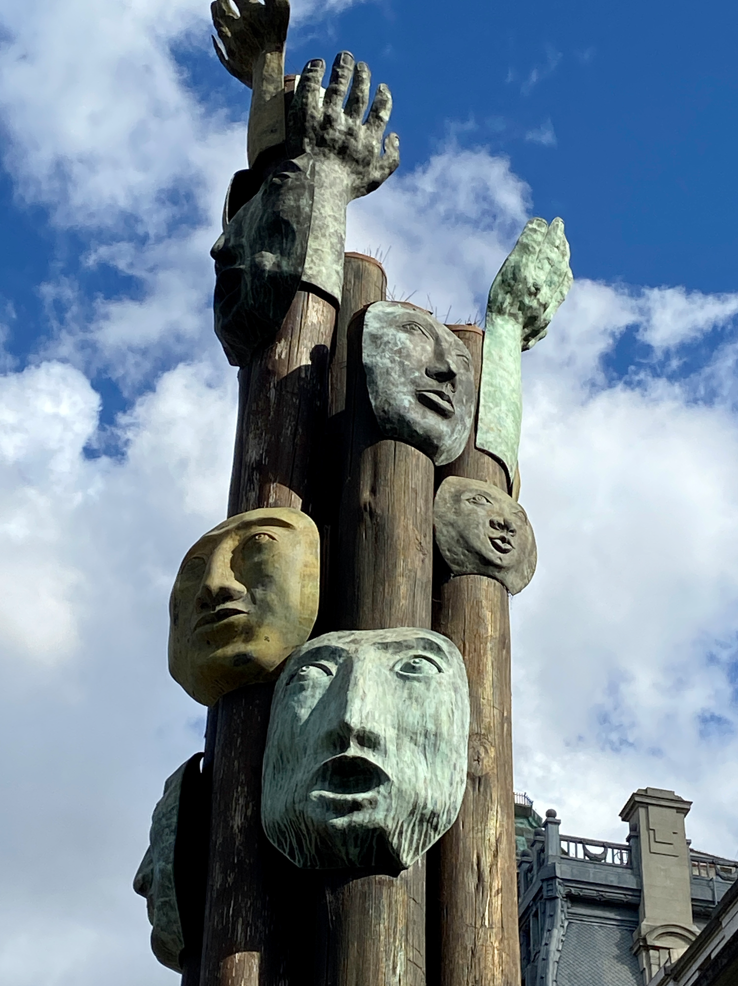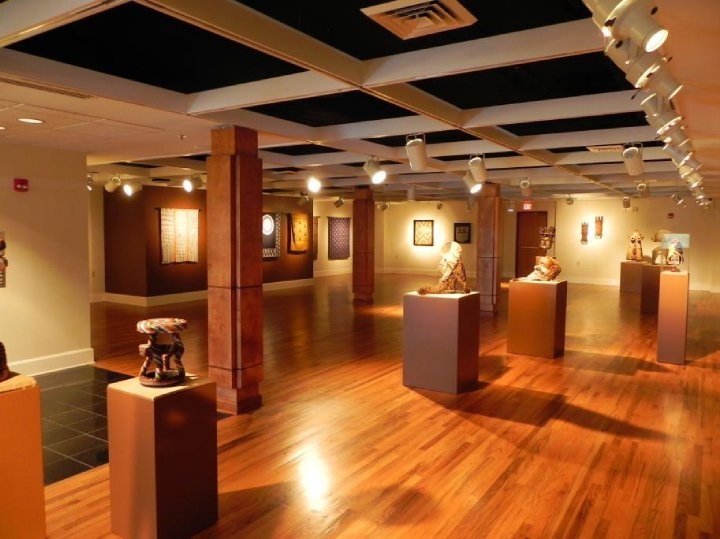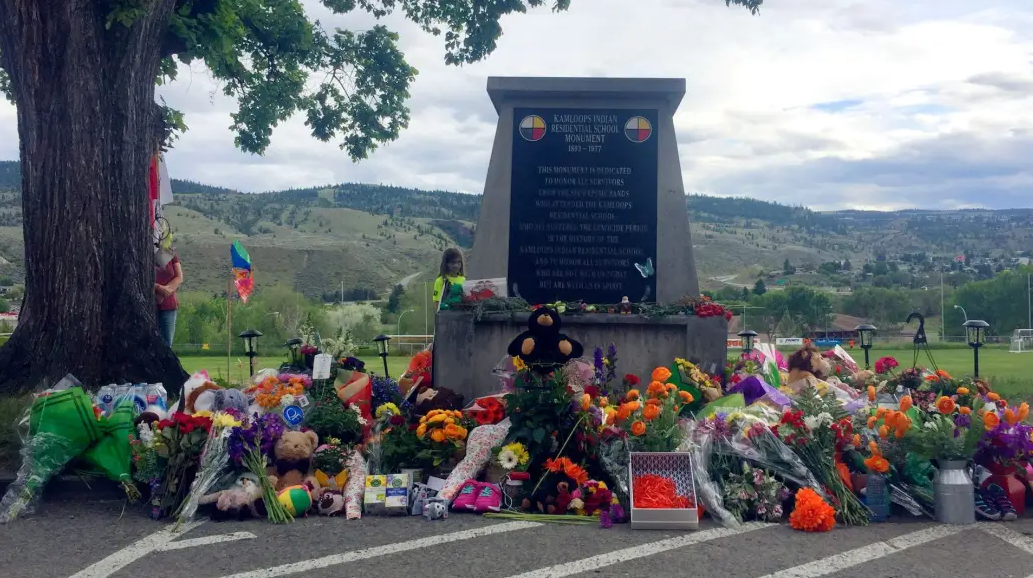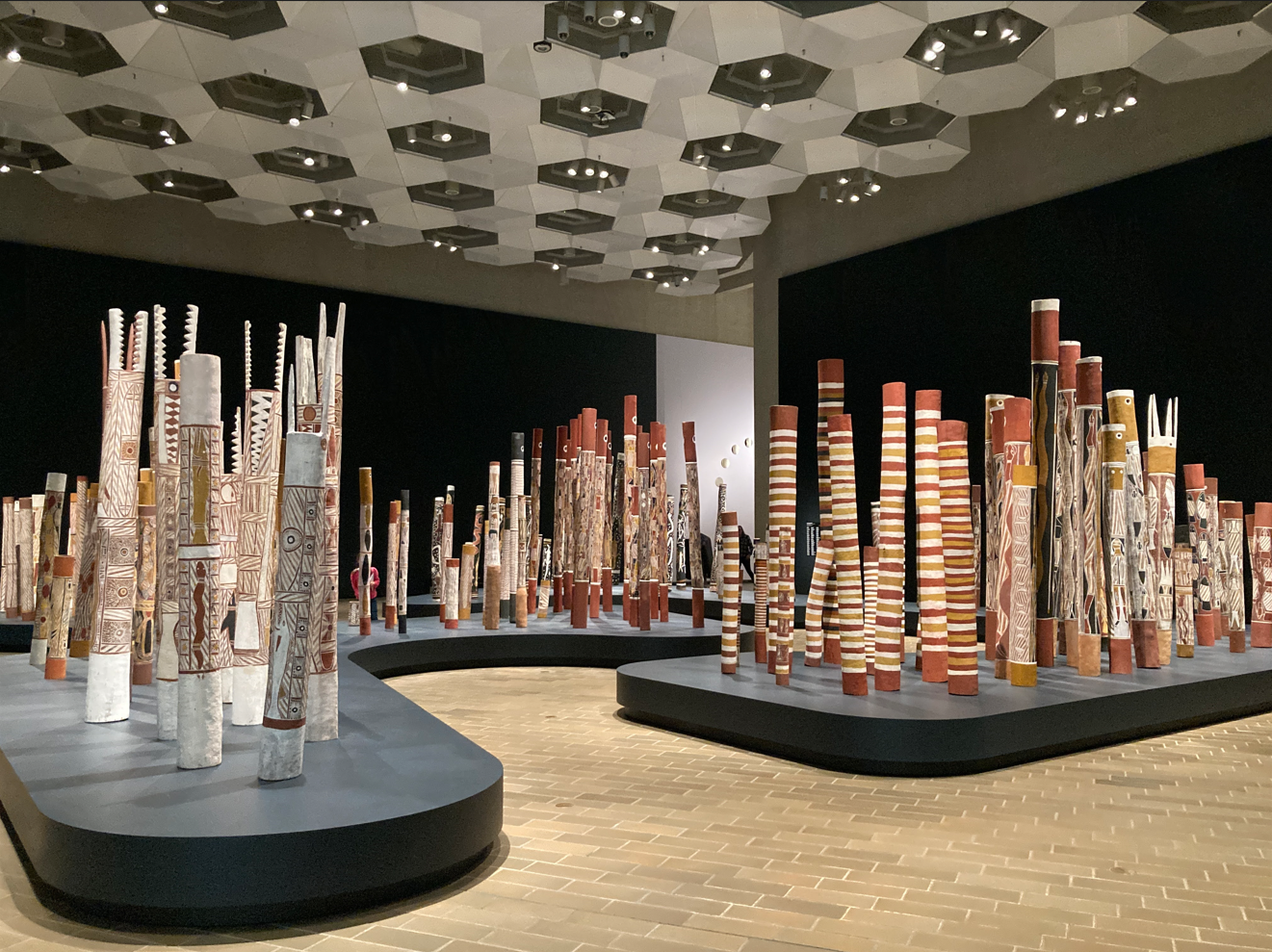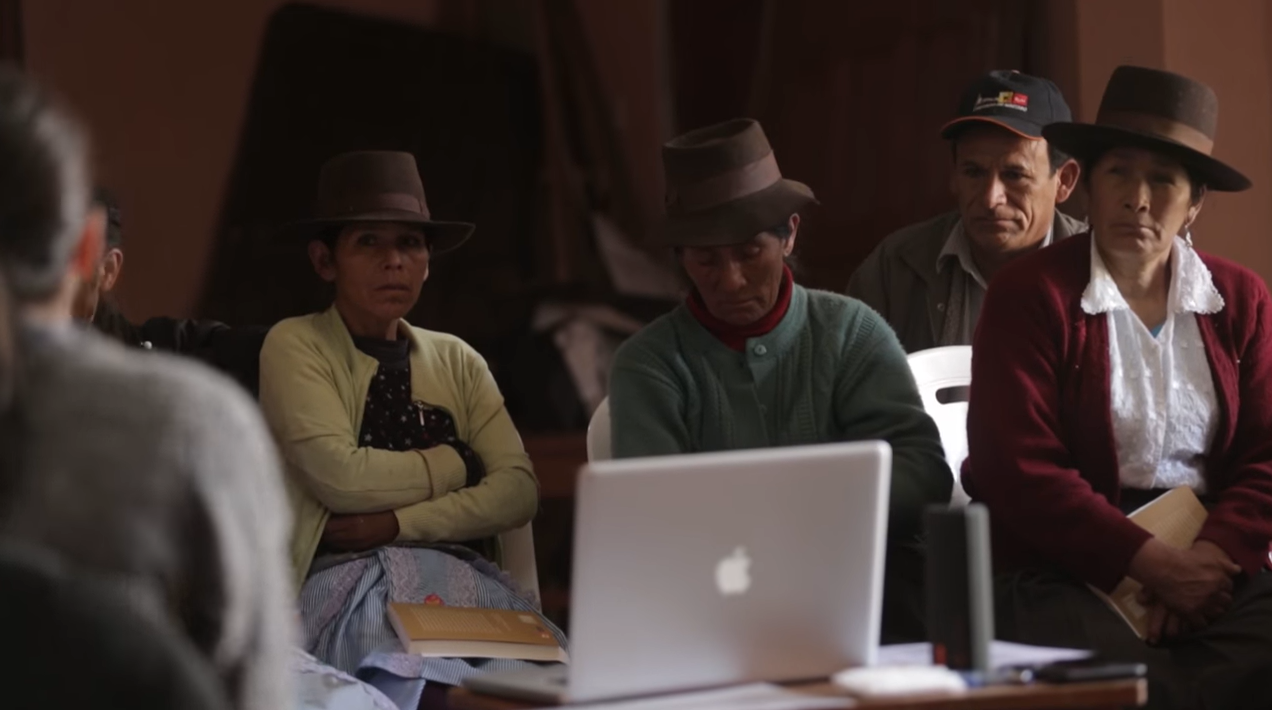Historical Archive of the Grupo de Apoyo Mutuo
Archive
Theme: Genocide and/or Mass Crimes

Address
8a Calle 3-11, Zona 1
Country
Guatemala
City
Guatemala City
Continent
America
Theme: Genocide and/or Mass Crimes
Purpose of Memory
To contribute to the dignification of the memory of the Guatemalan Armed Conflict’s victims by disseminating the stories of the events that took place, based on the testimonies of their families and facilitating virtual access to a collection of documents that narrate the events that took place during that period.
Institutional Designation
Historical Archive of the Grupo de Apoyo Mutuo
Public Access
Free
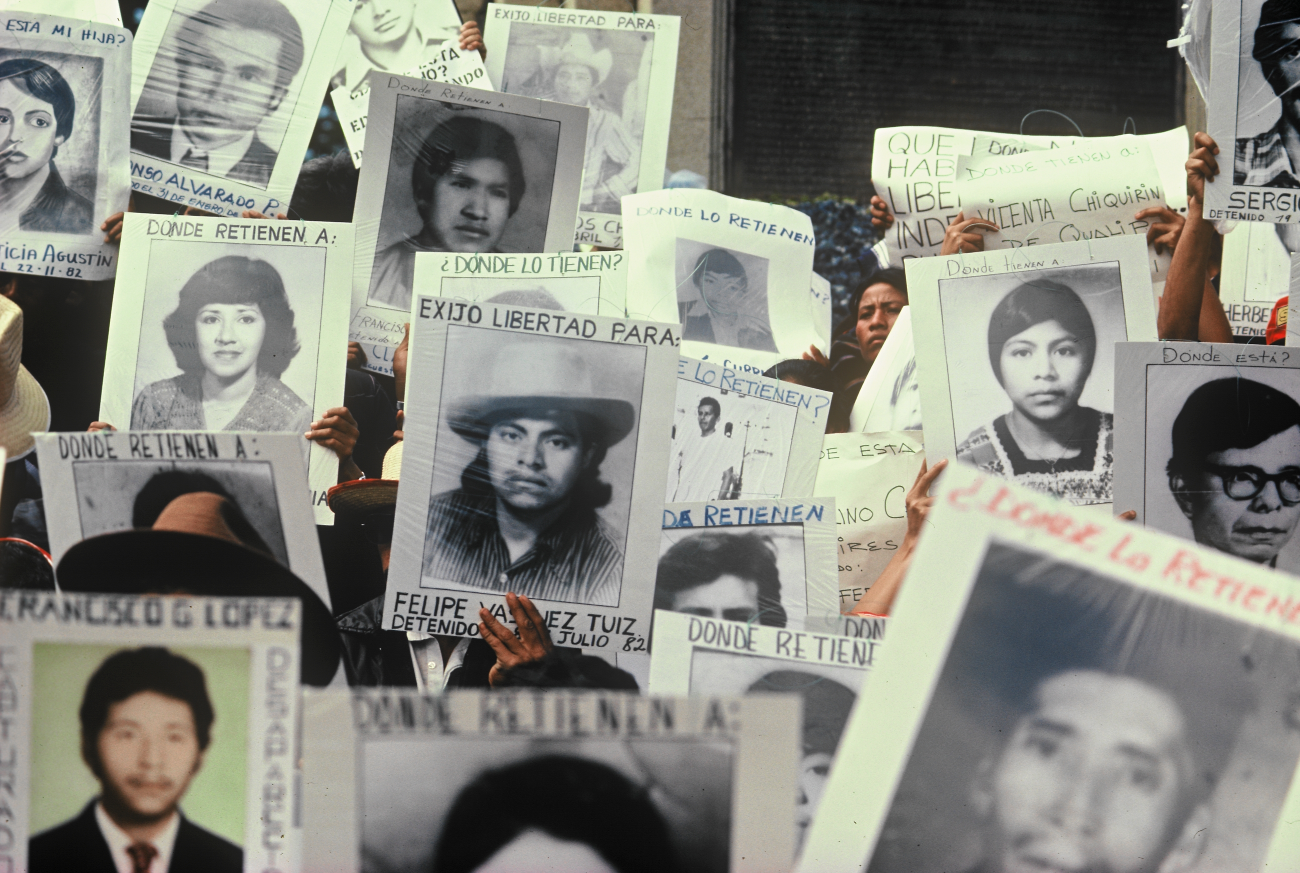
Location description
The Historical Archive of the Grupo de Apoyo Mutuo is a website that hosts thousands of documents in various audiovisual formats, containing the testimonies of victims of human rights violations during the Internal Armed Conflict (1960-1996) in Guatemala.
For more than 36 years, between 1960 and 1996, an internal armed conflict took place in Guatemala, leaving a broken community with hundreds of thousands of victims. The confrontations between state (joined by paramilitary forces) and insurgent groups in the context of the Cold War added to the complexity of Guatemalan society, a multiethnic and multicultural nation plagued by poverty, injustice and social inequality.
November 13, 1960 is usually pointed out as the starting date of that conflict: on that day a group of Army officers attempted a coup d’état against the government of Miguel Ydígoras Fuentes, who had taken power after the assassination of Colonel Castillo Armas in 1958. The movement of this rebel group was defeated but formed the political-military organization Movimiento Revolucionario 13 de noviembre (MR13) which would play an important role in the whole Guatemalan process by leading in the following years the insurgency of peasants, students and militants against the autocratic government of Ydígoras Fuentes.
During the 1960s numerous revolutionary movements arose in Guatemala. In 1963, the army carried out a coup d’état and imposed a dictatorship that set out to put an end to the guerrilla movement. Thus began a long period of political persecution, kidnappings and large-scale massacres that would last until the mid-1980s. In 1986, a National Constituent Assembly was called and democratic elections were held, ushering in an incipient period of peace.
The peasant population was particularly affected by the violence. During the period 1981-1982, some 50,000 people had to flee their homes and settled in the jungle areas of the department of Quiché. There they spent several years isolated from the outside world, in harsh conditions. However, they developed a deep organizational bond that led them to form the self-styled Comunidades de Población en Resistencia (CPR), which were characterized by their own political, social and economic system. They came to public light in February 1990, due to a campaign denouncing the government, in order to obtain national and international support.
In 1996, the Peace Accords signed between the government and the URNG (Unidad Revolucionaria Nacional Guatemalteca, which grouped the four most important guerrilla organizations in Guatemala) formally ended the conflict. According to the United Nations Historical Clarification Commission, more than 200,000 people were killed during the armed conflict in Guatemala, of whom 45,000 are still missing and nearly one million were forcibly displaced.
The Grupo de Apoyo Mutuo -GAM, or Mutual Support Group in English- is a non-profit civil society organization created in 1984 that brings together relatives of people illegally detained and forcibly disappeared in Guatemala during the Internal Armed Conflict that lasted from 1960 to 1996. Its scope of work encompasses justice for the disappeared and the dignification of the victims, efforts for which the GAM was nominated for the Nobel Peace Prize in 1986 and for which it was awarded in 2021 the Emilio Mignone International Human Rights Prize granted every year by the Argentine Foreign Ministry together with the Argentine Human Rights Secretariat, the Mignone family and the Center for Legal and Social Studies. The Group also prepares thematic reports related to current rates of violence and monitoring of the institutions that make up the security and justice sector. As part of these actions, the GAM has developed an important archive on the conflict, which is used by students and researchers as well as by lawyers and families. The GAM’s archives are the most current and complete record of the forced disappearance of thousands of Guatemalans.
Since the beginning of the organizational instances among relatives of the armed conflicts’ victims, one of the first actions agreed upon was the donation of documents belonging to them that would allow both the identification of the victims and the recounting of the history and facts associated with the physical disappearance of people in the country. These gathering, organization and documentation functions began even before the registration of the GAM within Guatemala’s Ministry of the Interior in 1984 – considered the beginning of its operations – and implies that in its beginnings the GAM had to work clandestinely, both for fear of reprisals from State bodies and because of the vulnerability felt by the founders of the Group when handing over sensitive information to an institution that in the mid-1980s still remained militarized.
Along with the donations, the archive was completed with files that the entity itself obtained from State institutions and information provided by foreign organizations. From 1983 to 2023, the GAM archive has gathered approximately 25,000 files containing detailed information on 3,500 cases of enforced disappearances, 80% of which are digitized. In addition to the testimonies, these records include 100 linear meters of official documentation detailing the actions of government entities against the Guatemalan population. The work of recovering the documents began in 2015, when the archival diagnostic phase was carried out in conjunction with the Historical Archive of the National Police (AHPN for its acronym in Spanish) of Guatemala.
Since 2017, the Haverford College Libraries and the GAM have partnered to create and maintain the GAM Digital Archive. The partnership is a collaborative digitization project that preserves and provides access to more than 3,300 records. The project involves students, academics and human rights activists to create and maintain the digital archive and share knowledge that can change the historical memory of the conflict. The work is based on a post-custodial model in which materials remain in Guatemala and Haverford provides technical expertise and resources. As the data physically contained in boxes and cabinets are processed, the contents of the collection are organized for display in graphs and statistics on the gender, age, location and year of disappearance of the summary cases.

